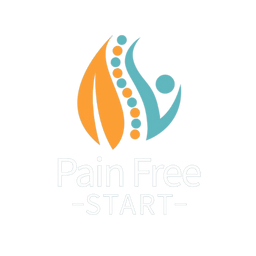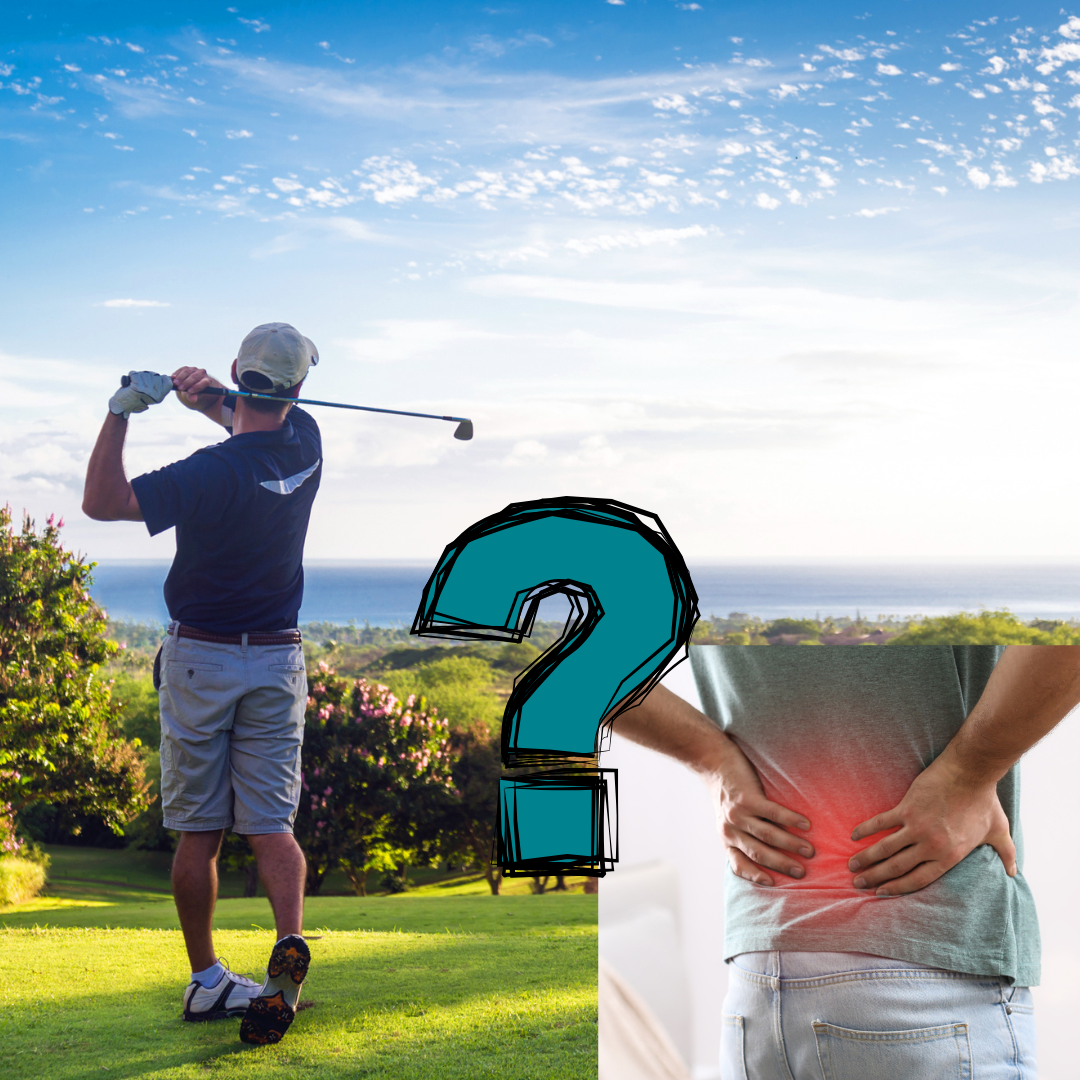Love Golf but Hate the Stiffness After?
If you’re walking off the 18th hole with a sore back more often than not, you’re not alone. Or maybe like many I see the 9th hole is your current limit! As a physiotherapist, I regularly help golfers who are starting to feel the wear and tear of the game — even though it’s one of the best sports for staying active and enjoying the outdoors.
Back pain doesn’t have to be the price you pay for playing. The key is understanding why it’s happening, and how a few simple changes can make a world of difference.
Why Golf Can Trigger Back Pain
Golf is a game of skill, precision, and (unfortunately) a lot of repetitive movement. Here are the most common reasons golfers develop back pain:
1. Your Swing Mechanics
The golf swing is a powerful motion involving high rotational forces. If your body doesn’t rotate evenly — or relies too much on your lower back — it’s easy to overload the spine.
Tight hips and upper backs (thoracic spines) are common culprits. They limit your turn and force your lower back to do too much.
2. Weak Core and Glutes
Your deep core and glute muscles are vital for stabilising your spine. If they’re not strong or active enough, your back muscles work overtime to control movement — and pain often follows.
3. Walking the Course
While walking is great exercise, long distances across sloping ground can strain a vulnerable back — especially if you’re carrying a bag.
4. Poor Warm-Ups (or None at All)
Many golfers start their round cold. Going from sitting in the car to a full swing without preparing your body is a recipe for strain.
5. Shoes or Equipment That Don’t Help You
Worn-out shoes, poor arch support, and heavy bags can all add stress to your spine over several hours of play.
How to Fix It — and Play Without Pain
Here’s what I recommend to the golfers I see in clinic:
Mobilise Key Areas
- Stretch your hip flexors and mobilise your thoracic spine.
- This helps you rotate through your swing without overloading your lower back.
Strengthen Your Support System
- Focus on deep core muscles and glutes. These are your body’s shock absorbers.
- Learn how to engage your core in my FREE posture masterclass. Click here to learn more.
Warm Up Before Every Round
- Spend 5–10 minutes gently loosening up before hitting balls.
- Try dynamic torso rotations, side squats with twists, and arm swings.
Consider a Swing Check
- If your swing heavily loads your back, a golf coach can work with a physio to optimise it.
Use the Right Gear
- Invest in golf shoes with cushioning and support. The Best Golf Shoes for Back Pain: Comfort, Support & Smarter Swings
- Use a trolley instead of carrying if your back is flaring.
- Consider arch-supporting innersoles if your current shoes lack structure.
When to See a Physiotherapist
If your back pain persists more than a few days, worsens with play, or starts affecting other areas (like hips or legs), it’s time to seek help.
A physio can assess your posture, mobility, and movement patterns — and build a personalised plan to get you back on the course without pain.
Want Extra Help?
I’ve created a Free Back Pain Masterclass to help people understand the true causes of back pain and what you can do to improve it — starting today.
Join My Free Masterclass to Learn:
- Why your pain isn’t shifting
- What actually helps
- The key steps to lasting relief
👉 Click here to watch the Free Masterclass
Final Thoughts
Back pain doesn’t mean you need to give up the game. With the right strategies — and a few smart adjustments — you can keep playing, improving, and enjoying every round. Remember I’m here to support you if you need.
Take care,
Helen Manders BSc (Hons) MCSP HCPC
Chartered Physiotherapist Helping Golfers Stay Pain-Free Since 2001



